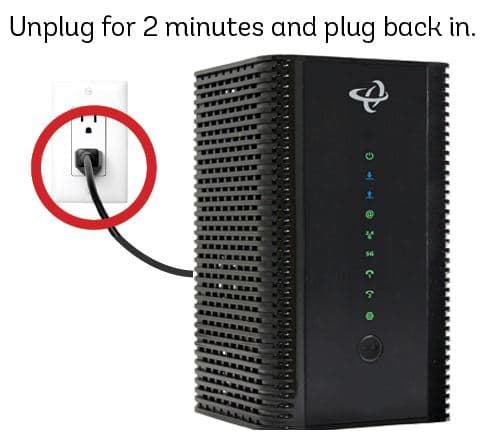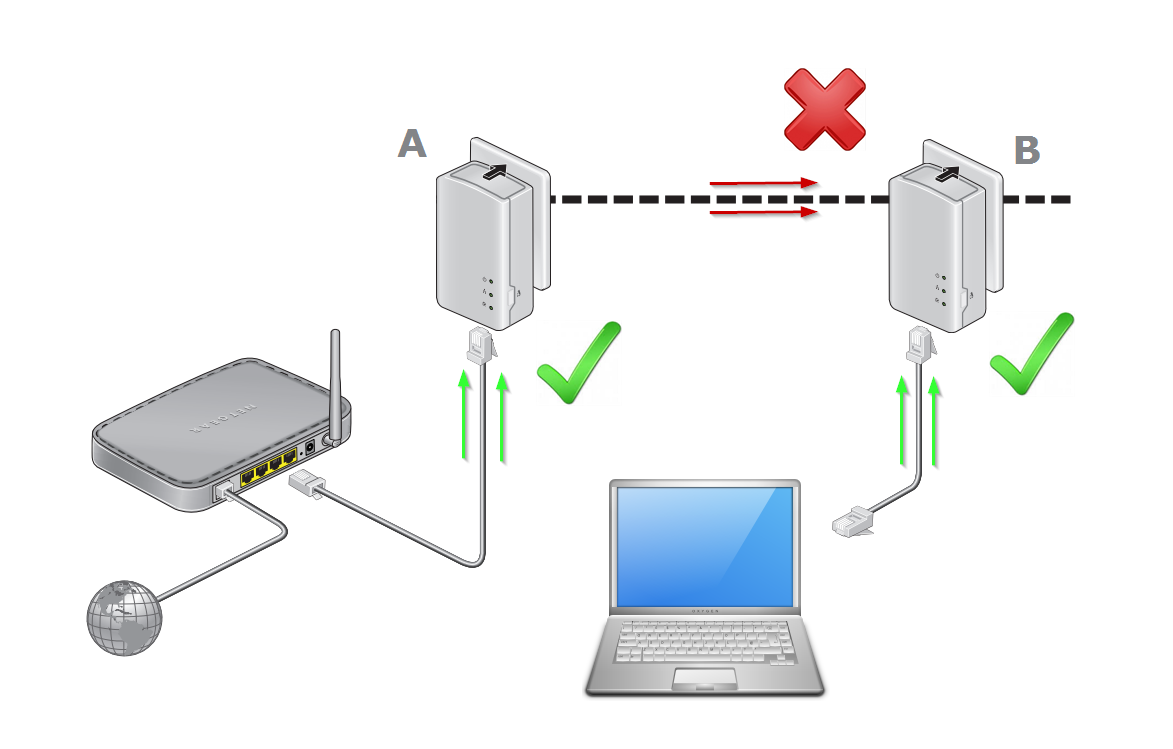Coaxial cable, often simply called “coax,” is a versatile and widely used type of electrical cable that plays a crucial role in various applications, from television and internet connections to radio communications. In this comprehensive guide, we’ll explore what coaxial cable is, how it works, its different types, and its many uses in both residential and commercial settings.
Understanding Coaxial Cable: Structure and Function
Coaxial cable derives its name from the unique structure of its components, which share a common axis. Let’s break down the key elements that make up a coaxial cable:
- Center Conductor: At the core of every coaxial cable is a copper wire, typically 1-2 millimeters in diameter. This central conductor carries the electrical signal.
- Dielectric Insulator: Surrounding the center conductor is a layer of insulating material, usually made of solid plastic, foam, or air-spaced plastic. This insulator helps maintain signal integrity.
- Metallic Shield: A conductive shield, often made of braided copper wire, encases the dielectric layer. This shield serves two crucial purposes:
- It acts as a return path for the signal
- It protects the inner conductor from electromagnetic interference (EMI)
- Outer Jacket: The outermost layer is a protective plastic sheath that shields the internal components from physical damage and environmental factors.
This unique construction allows coaxial cable to transmit high-frequency signals with minimal loss and interference, making it ideal for a wide range of applications.
Types of Coaxial Cable: RG Ratings Explained
Coaxial cables come in various types, each designed for specific uses. The most common classification system for coaxial cables is the RG (Radio Guide) rating. Here are the three most frequently used types:
RG-6
- Characteristics: Thicker center conductor, better shielding
- Primary Use: Cable TV, satellite TV, and high-speed internet connections
- Advantages: Lower signal loss at high frequencies, suitable for longer cable runs
RG-59
- Characteristics: Thinner and more flexible than RG-6
- Primary Use: Closed-circuit television (CCTV) systems, short-run TV connections
- Advantages: More flexible and easier to work with in tight spaces
RG-11
- Characteristics: Largest diameter among common coaxial cables
- Primary Use: Long-distance signal transmission, commercial applications
- Advantages: Lowest signal loss, ideal for runs exceeding 150 feet
How Coaxial Cable is Used: Applications Across Industries
Coaxial cable finds applications in numerous fields due to its excellent signal-carrying capabilities. Here are some of the most common uses:
1. Television Signal Transmission
One of the most widespread uses of coaxial cable is in cable television systems. Cable TV providers use coaxial networks to deliver high-quality video and audio signals directly to homes and businesses.
2. Internet Connectivity
Many internet service providers (ISPs) utilize coaxial cable infrastructure to deliver broadband internet to subscribers. This technology, known as cable internet, offers high-speed connections to millions of users worldwide.
3. Computer Networking
In some networking applications, coaxial cable is used to connect devices within a local area network (LAN). While less common than Ethernet cables for modern installations, coax still has its place in certain specialized network setups.
4. Radio Communications
Radio frequency (RF) applications, including amateur radio and professional broadcasting, often rely on coaxial cable to transmit signals between antennas and radio equipment.
5. Video Surveillance
Closed-circuit television (CCTV) systems frequently use coaxial cable to connect cameras to monitoring and recording equipment, ensuring high-quality video transmission.
6. Automotive Applications
Some vehicles use coaxial cable for audio systems and antenna connections, providing clear signal transmission in a compact space.
Advantages of Coaxial Cable
Coaxial cable offers several benefits that contribute to its continued popularity:
- Excellent Shielding: The metallic shield effectively blocks external interference, ensuring signal integrity.
- Low Signal Loss: Coax can transmit signals over long distances with minimal degradation.
- Wide Bandwidth: It supports a broad range of frequencies, making it suitable for various applications.
- Durability: The robust construction of coaxial cable makes it resistant to physical damage and environmental factors.
- Cost-Effective: For many applications, coax provides a good balance of performance and affordability.
Installing and Maintaining Coaxial Cable
Proper installation and maintenance are crucial for optimal performance of coaxial cable systems. Here are some key considerations:
Installation Tips
- Use the Right Tools: Invest in quality cable strippers and crimping tools designed for coaxial cable.
- Avoid Sharp Bends: Maintain a minimum bend radius to prevent signal loss and physical damage.
- Choose Appropriate Connectors: Use connectors that match your cable type (e.g., F-type connectors for RG-6).
- Weatherproofing: For outdoor installations, use weather-resistant cables and seal connections to prevent moisture ingress.
Maintenance Best Practices
- Regular Inspections: Check cables and connections periodically for signs of wear or damage.
- Clean Connections: Keep connectors free of dust and corrosion to ensure good contact.
- Avoid Stress: Minimize tension on cables and secure them properly to prevent strain.
- Update When Necessary: Replace outdated or damaged cables to maintain optimal performance.
The Future of Coaxial Cable
While newer technologies like fiber optics are gaining ground in some areas, coaxial cable remains a crucial component of many communication systems. Its reliability, versatility, and established infrastructure ensure that coax will continue to play a significant role in the foreseeable future.
Ongoing developments in coaxial technology, such as improved shielding materials and higher-frequency capabilities, are extending the lifespan and expanding the applications of this time-tested cable type.
Conclusion: The Enduring Importance of Coaxial Cable
Coaxial cable has been a cornerstone of communication technology for over a century, and its relevance persists in our increasingly connected world. From bringing entertainment into our homes to enabling high-speed internet access and supporting critical communication systems, coax continues to prove its worth.
Understanding the structure, types, and applications of coaxial cable empowers both professionals and consumers to make informed decisions about their connectivity needs. Whether you’re setting up a home theater system, designing a network infrastructure, or exploring the world of amateur radio, coaxial cable likely has a role to play in your endeavors.
As we look to the future, coaxial cable stands as a testament to the enduring value of well-designed, reliable technology. Its ability to adapt to changing needs while maintaining its core strengths ensures that coax will remain an essential part of our technological landscape for years to come.





